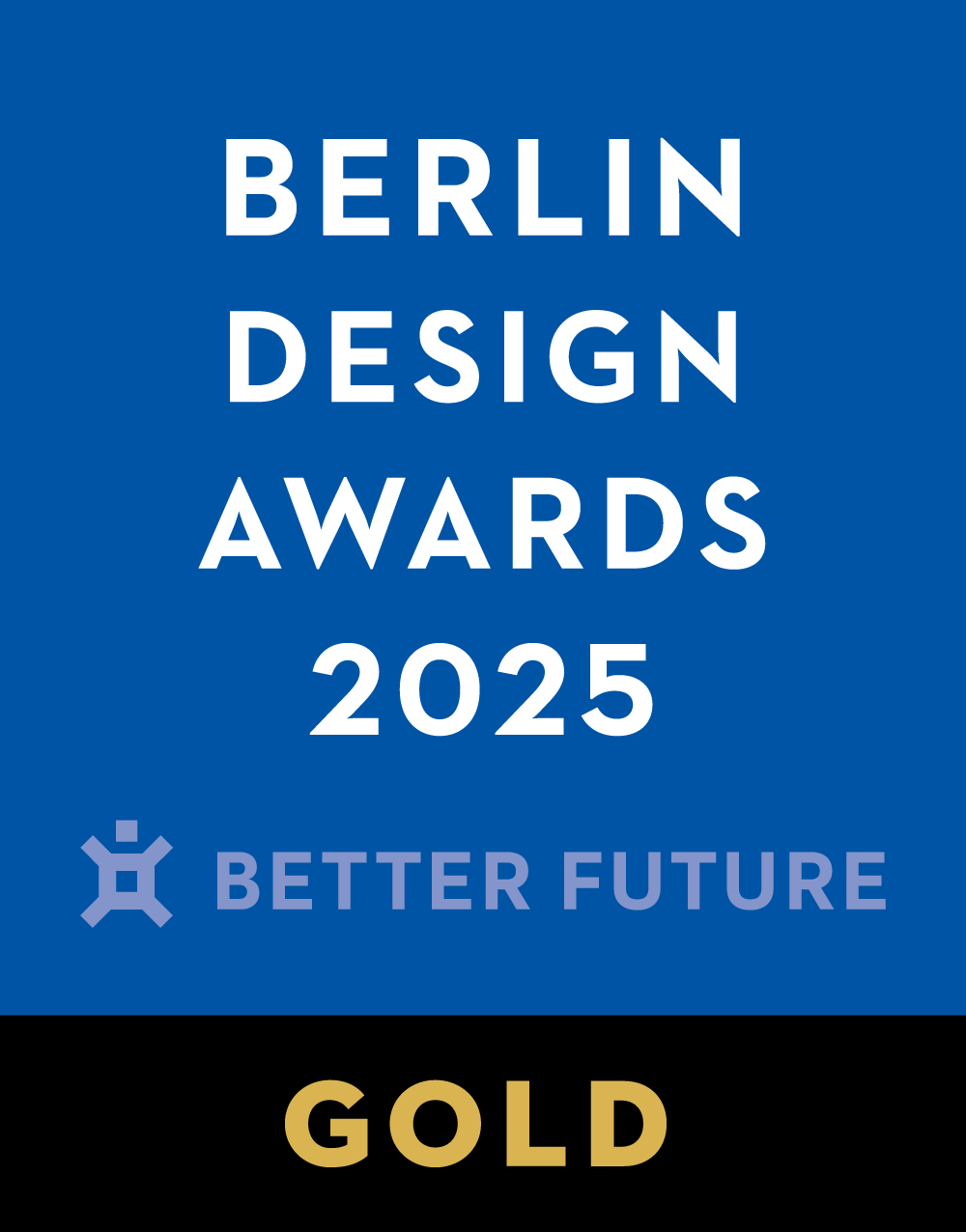Key Dates










Image Credit : Chen Yong
Project Commissioner
Chongyi Planning and Architectural Design Institute

Project Creator
Chongyi Planning and Architectural Design Institute

Project Overview
Urban Mountain Revitalization Experiment Transforming a 960-acre steep mountain terrain (48%-66% gradients) into a dynamic breathing space for high-density linear urban areas. A 5.8km trail system and forest platforms interweave urban-rural networks, converting rugged 23m-elevation-difference slopes into a civic living room serving 5,000 daily users, while repairing ecosystems fragmented by urban sprawl.
Team
Project Brief
Flexible Boundary Strategy 1. Soft Interfaces: Replaced rigid retaining walls with 6%-8% gradient stepped trails to minimize artificial traces 2. Ecological Integration: Implemented biodegradable steel grating pavement (85% permeability) for human-forest symbiosis 3. Cultural Catalyst: Embedded Wang Yangming's "Unity of Knowledge and Action" philosophy into 7 scenic platforms with nature education features 4. Adaptive Framework: Reserved 32 elastic zones for community-led functional customization
Project Innovation/Need
Equitable Design for Dynamic Balance 1. Vertical Equity: Achieved 93% accessibility across 142m elevation gaps (stroller/wheelchair-friendly) 2. Perceptual Equity: Fog system regulates microclimate (5.2℃ cooler than urban core areas) 3. Temporal Equity: Photoluminescent guidance enables 18:00-22:00 social activities 4. Eco-compensation: 3㎡ native fern planting per linear meter of trail
Design Challenge
Geotechnical Paradox Resolution Under constraints of preserving 16 geological faults: 1. Pioneered micro steel pipe pile clusters (89mm diameter, 1.2m spacing) for weathered bedrock stabilization 2. Developed detachable steel modules (14m max span, 87% reuse rate) 3. Phased construction: Pre-planted 89 native trees as ecological anchors 4. Material transport loss controlled within 0.6‰ (1/17 of conventional methods)
Future Impact
Reverse Growth Logic 1. Carbon Bank Initiative: Existing trees sequester 12,700t CO₂/year, enhanced by 22% through new vegetation 2. Hydrologic Network: Harvests 97% of mountain runoff for irrigation and mist systems 3. Material Passports: QR code traceability profiles detailing disassembly parameters and recycling pathways 4. Low-impact Construction: 76% energy reduction via mule transport and drone assembly
NEXT Futures - Environmental Sustainability
Projects that encourage a positive environmental impact through understanding and implementation of the Sustainable Development Goals.
More Details

